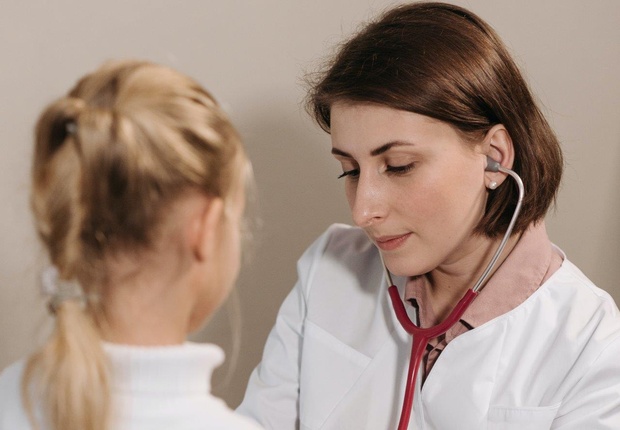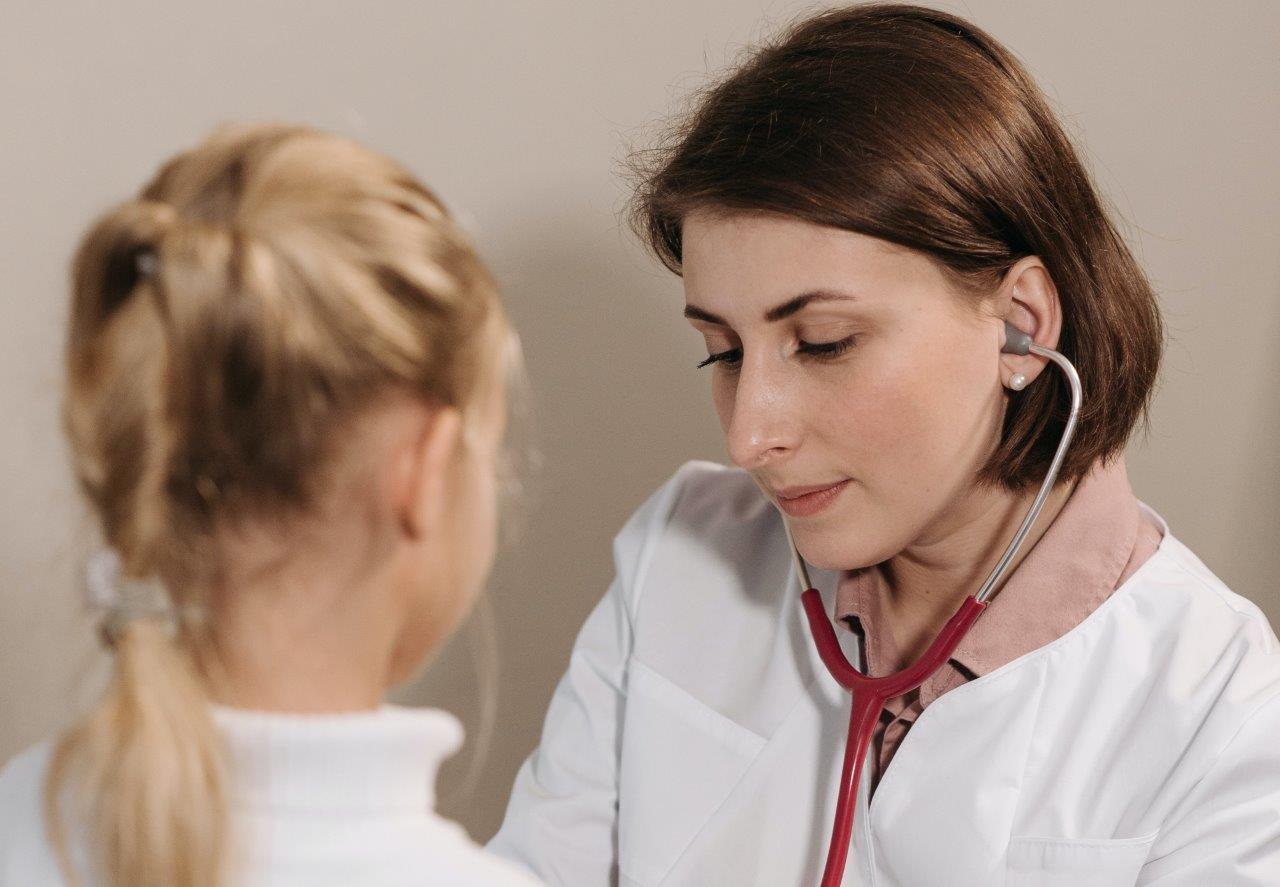Injuries sustained during childhood can have profound and lifelong effects on health and development, and for primary and secondary teachers, it might help to have an awareness of what type, where and how these incidents are occurring.
Just released by the Australian Institute of Health and Welfare (AIHW), Injuries in children and adolescents explores around 604,000 emergency department (ED) presentations and 89,000 injury hospitalisations that occurred in 2021–22. The report covers the main types, causes, and severity of injuries experienced by Australians aged 0–18 years.
Falls caused the highest number of injury hospitalisations across all age groups, except for 16-18 year-olds, where transport (including pedal cycles, motorbikes, and cars) was the leading cause.
Contrary to the previous five years of data, the age-standardised rate of injury hospitalisation among children and adolescents decreased from 2017-18 to 2021-22.
Falls cause highest number and rate of injury hospitalisations
“In children and adolescents, one-in-three hospitalisations in 2021-22 were caused by a fall,” AIHW spokesperson Dr Heather Swanston says.
“Playground equipment was the most common cause of falls amongst children, with hospitalisation rates being highest among children aged 5-9 years.”
Among infants, nearly one-in-four falls involved a bed. More than one-in-five occurred while being carried or supported by another person.
The most common type of fall for 13-18-year-olds was due to colliding with, or being pushed by another person.
While falls caused the highest number of injury hospitalisations for children and adolescents, adults are over twice as likely to be hospitalised for a fall.
Fractures the most common type of injury among children
“More than half of injuries caused by falls resulted in fractures, with fractures accounting for more than a third of injury hospitalisations among children and adolescents,” Swanston says.
“Nearly half of fractures presenting to the ED involved the shoulder and upper limb. For children aged 5-9, this increases to over three-in-five.”
For fractures overall, children aged 10-12 had the highest rate of emergency department presentations, while adolescents aged 13-15 had the highest rate of hospitalisations.
After fractures and open wounds, poisoning or toxic effects were the next most common cause of injury hospitalisations. This was the only type of injury where girls were more likely than boys to be hospitalised.

Adolescents aged 13-15 are 2.1 times more likely than adults to be hospitalised for an injury caused by drowning and submersion. Around half of these cases occurred in natural water, such as the ocean or a lake. PHOTO: Riccardo
The leading type of poisoning among girls (44 per cent) was poisoning by nonopioid analgesics, antipyretics and antirheumatics. These drugs include Aspirin, Paracetamol and Ibuprofen.
Children at greater risk of certain injuries according to developmental stage
The most common injuries diagnosed at an ED for children under the age of 9 were head injuries.
Infants aged 0-1 had the highest rate of injury hospitalisations caused by choking and suffocation, with inhaled food being the most common cause.
Children aged 1-4 had the highest rate of injury hospitalisations caused by drowning and submersion, and were most likely to drown or have a near-drowning experience in a swimming pool.
Adolescents aged 13-15 are 2.1 times more likely than adults to be hospitalised for an injury caused by drowning and submersion. Around half of these cases occurred in natural water, such as the ocean or a lake.
Adolescents aged 13-18 are 3.4 times more likely than adults to be hospitalised for injuries caused by intentional self-harm. Over four-in-five of these hospitalisations were for girls.
Adolescents aged 16-18 were 1.6 times more likely than adults to be hospitalised for injuries caused by transport (including pedal cycles, motorbikes, and cars), while adolescents aged 13-15 were 1.4 times more likely.
The 16-18 age group had the highest rates of injury hospitalisation overall.
The report presents information on the nearly 604,000 emergency department (ED) presentations and 89,000 injury hospitalisations that occurred across Australia amongst children aged 0–18 between 2021–22. This report does not include information on injuries among children that did not result in ED presentations or hospitalisations – there are many more cases treated by general practitioners, allied health professionals or outpatient clinics that are not reflected in this report.
If you need help or support, please contact:
Lifeline on 13 11 14
Suicide Call Back Service on 1300 659 467
Beyond Blue Support Service on 1300 22 4636














